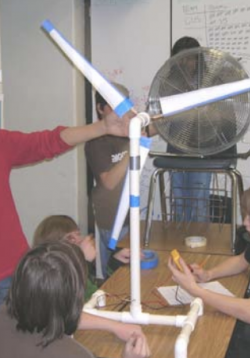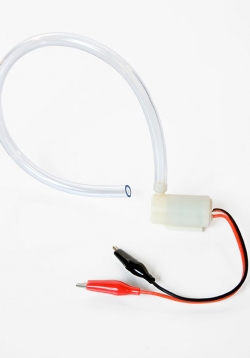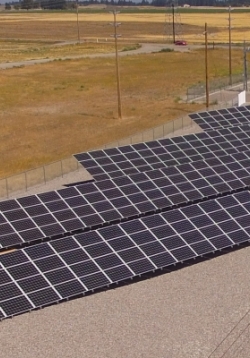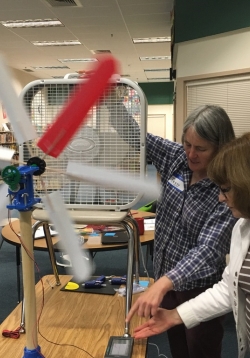Keeping it Cool With Solar: Build Time
This lesson is designed for one 30-minute session. Students build their structures based on their designs from Lesson 3. Students share evidence about ho w their structures affect the sunlight on the earth’s surface.







